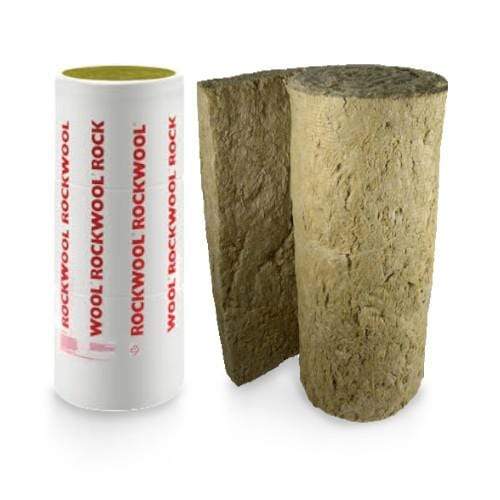In the vast world of construction, one material stands out as the backbone of countless structures: metal. Renowned for its strength, versatility, and durability, metal has become the most common material used in construction. In this article, we will delve into the various types of metals employed in construction, their unique properties, and their indispensable role in shaping the built environment.
- The Reigning Champion: Steel
When it comes to construction, steel reigns supreme. This alloy of iron and carbon is the go-to choice for structural frameworks, beams, columns, and reinforcements. Its exceptional strength-to-weight ratio, resistance to corrosion, and malleability make it an ideal material for constructing high-rise buildings, bridges, and industrial facilities. Steel's versatility allows architects and engineers to push the boundaries of design while ensuring structural integrity. - Aluminum: Lightweight Marvel
While steel dominates the construction industry, aluminum has carved its niche as a lightweight marvel. Its low density, corrosion resistance, and excellent thermal conductivity make it an excellent choice for cladding, roofing, and window frames. Additionally, aluminum's aesthetic appeal and ease of fabrication have made it a popular material for modern architectural designs. - Copper: The Unsung Hero
Often overshadowed by steel and aluminum, copper plays a crucial role in construction. Its exceptional electrical and thermal conductivity make it indispensable for electrical wiring, plumbing systems, and heating/cooling installations. Copper's antimicrobial properties also contribute to its use in healthcare facilities, ensuring a hygienic environment. Furthermore, copper's natural patina adds a touch of elegance to architectural details. - Reinforcing the Foundations: Reinforced Concrete
While not a metal in its pure form, reinforced concrete deserves a mention due to its extensive use in construction. By combining steel reinforcement with concrete, engineers create a composite material that capitalizes on the compressive strength of concrete and the tensile strength of steel. Reinforced concrete is commonly employed in foundations, slabs, walls, and other structural elements, providing stability and longevity to buildings. - Titanium: Pushing the Boundaries
Although not as prevalent as steel or aluminum, titanium's exceptional strength, corrosion resistance, and low density have made it a valuable material in specialized construction projects. Its application ranges from aerospace structures to high-end architectural features, where its unique properties allow for innovative designs and long-lasting performance.
Conclusion:
In the realm of construction, metal emerges as the unrivaled champion, with steel leading the pack. However, aluminum, copper, and even titanium play vital roles in shaping the built environment. From towering skyscrapers to intricate architectural details, these metals provide the strength, durability, and versatility necessary for construction projects. As technology advances, new alloys and materials may emerge, but for now, metal remains the backbone of construction, ensuring the structures we inhabit stand tall and endure the test of time.


